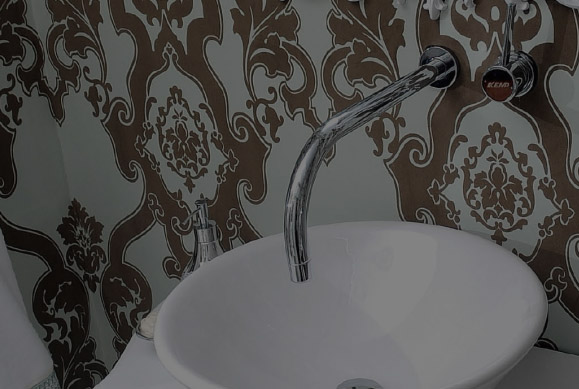Phone:+86-13906742187
The typical lifespan of a brass basin faucet can vary depending on several factors, including the quality of the faucet, how well it's maintained, and the hardness of your water. However, a well-maintained and high-quality brass basin faucet can last anywhere from 15 to 20 years or more. Here are some signs that it may be time to consider replacing your brass basin faucet:
Leakage:
Persistent leaks from the faucet or its connections indicate wear and tear. Even minor drips can lead to water wastage and potentially cause water damage if left unattended.
Corrosion and Rust:
Brass faucets are known for their corrosion resistance, but over time, corrosion or rust may develop on the surface. This can impact the faucet's appearance and functionality.
Reduced Water Pressure:
If you notice a significant decrease in water pressure from the faucet, it may be due to mineral buildup or deteriorating internal components. Cleaning may help, but if the problem persists, it's a sign of potential issues with the faucet's inner workings.
Difficulty in Turning Handles:
If the faucet handles become stiff or difficult to turn, it can indicate wear and tear on the cartridge or other moving parts. This may affect your ability to control water flow and temperature.
Constant Dripping or Squeaking:
A constant dripping sound or squeaking noise when operating the faucet can be indicative of internal issues or worn-out components. It's a clear sign that the faucet needs attention.
Visible Cracks or Damage:
Any visible cracks, chips, or damage to the faucet's body or handles should not be ignored. These can lead to water leaks and further damage.
Mineral Buildup and Scaling:
Hard water can cause mineral buildup and scaling on the faucet's surface, affecting its appearance and performance. While this can sometimes be cleaned, extensive scaling may indicate a need for replacement.
Inefficient Water Temperature Control:
Difficulty in controlling water temperature or sudden shifts in temperature can be a sign of problems with the faucet's mixing valve or cartridge.
Frequent Repairs:
If you find yourself frequently repairing or replacing parts of the faucet, it may be more cost-effective and practical to invest in a new faucet that is in better condition.
Outdated or Incompatible Design:
If the faucet's design is outdated, or it no longer suits your bathroom's aesthetics or functional needs, you might consider replacing it for a more modern and compatible model.
When deciding whether to replace your brass basin faucet, consider the extent and impact of the issues you're experiencing. If the problems are minor and repairable, you may choose to have the faucet serviced. However, if the faucet is old, showing multiple signs of wear, or the cost of repairs adds up, it's often more practical to invest in a new, efficient, and updated faucet for your basin.

 English
English Español
Español Deutsch
Deutsch 中文简体
中文简体














